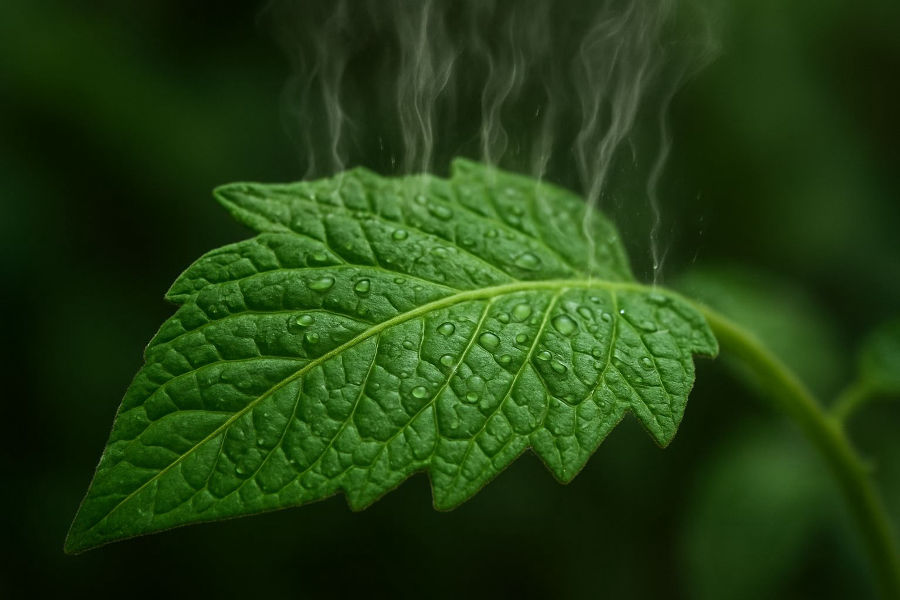Transpiration in Plants
When we talk about plants, we often think about photosynthesis, fruits, or flowers. But there is one silent process going on every day that we rarely notice—transpiration. Though invisible, it is the lifeline that helps plants stay alive and grow strong.
What is Transpiration?
Transpiration is the process by which plants lose water in the form of vapor, mainly through tiny pores on the leaves called stomata. In simple words, it is like plants “breathing out” water into the atmosphere.
Why is Transpiration Important?
At first, it might look like plants are just wasting water. But in reality, transpiration is a survival mechanism.
-
It cools the plant just like sweating cools our body.
-
It helps minerals and nutrients absorbed from the soil reach every part of the plant.
-
It creates a pulling force that continuously draws water upward from roots to leaves.
-
It maintains the firmness of leaves and prevents them from drooping.
Factors That Affect Transpiration
Transpiration is not the same every time. It changes with the environment.
-
Higher temperature increases water loss.
-
More wind speeds up transpiration.
-
High humidity reduces water loss.
-
Bright sunlight opens stomata, causing more transpiration.
Balance Between Water Gain and Loss
Plants need to take in water for photosynthesis, but at the same time they lose water through transpiration. If the loss is too much and not replaced by water from the soil, plants may wilt. This is why farmers always focus on proper irrigation and soil moisture management, especially in hot and dry seasons.
